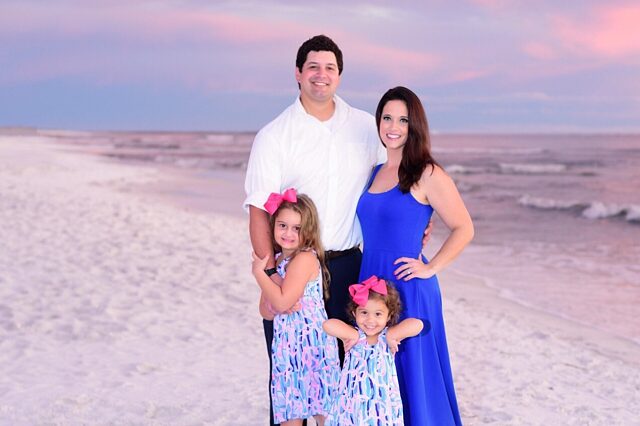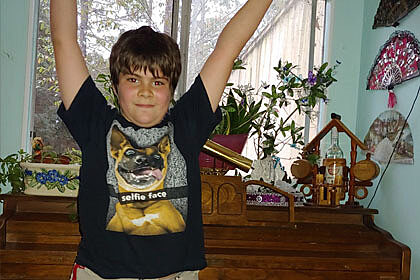Highest-ranked Pediatric Neurosurgery & Neurology program in North Florida.

Update your location to show providers, locations, and services closest to you.
Highest-ranked Pediatric Neurosurgery & Neurology program in North Florida.

UF Health Shands Children’s Hospital ranks among the nation’s top hospitals in four specialties.

A Chiari malformation (CM) is an abnormality in the lower part of the brain called the cerebellum. In normal anatomy, the cerebellar tonsils are located in the skull above the foramen magnum. Normally only the spinal cord passes through the foramen, however in Chiari the lower part of the cerebellum, called the tonsils, extends below the foramen. The amount the tonsils extend varies and does not always correlate with symptoms. There are multiple types of Chiari malformation. They are not levels of severity, and one type does not transform into another.
This is the most common type of Chiari malformation. The tonsils typically, but not always, extend at least 5mm below the foramen magnum. This may put pressure on surrounding structures or block cerebrospinal fluid (CSF) flow. Most cases are present at birth, however Chiari I can also arise later. Sometimes Chiari is associated with a collection of fluid within the spinal cord, called syringomyelia or hydromyelia.
This type of Chiari malformation is associated with myelomeningocele, a type of spina bifida. In Chiari II the cerebellar tonsils, as well as the brainstem, may extend through the foramen magnum. This type of Chiari is present at birth.
These types of Chiari are both very rare. They are associated with an abnormal extension of portions of the brain and spinal cord through the skull. There can be severe neurological effects.
Although Chiari malformations are often without symptoms, they may include:
The most common symptom of Chiari malformation is a headache, usually at the back of the head or upper neck. The pain is often worse with coughing, sneezing or straining. In infants and children, headaches may manifest as irritability or crying, and the pain may be associated with arching of the neck in a hyperextended posture.
Symptoms of syrinx may include weakness and numbness in the hands and arms, other sensory changes or back pain. Some patients with syringomyelia will develop scoliosis (curvature of the spine) and have no symptoms.
Symptoms of cranial nerve compression may be seen in some patients. This is more common in patients with Chiari II. These include gagging, apnea, swallowing difficulties, weakness of the arms or hands.
Frequently, patients are found to have a Chiari malformation and have no symptoms. No treatment is needed for these patients.
Some patients have mild symptoms that are not progressive. Conservative management, such as headache treatment or physical therapy may be recommended.
For patients with severe symptoms, or those with syringomyelia, an operation may be recommended to create extra room at the foramen magnum. Surgery involves making a small incision in the back of the head. Bone is removed from the base of the skull and the first spinal ring. This is called a suboccipital craniectomy and C1 laminectomy. The covering over the brain, called the dura, is then thinned or opened and enlarged with a graft. Results are excellent in most cases. There will usually be an improvement in the syringomyelia with treatment of the Chiari. Patients usually spend 3-5 days in the hospital after surgery.
Governale – Resolution of Chiari-Associated Syringomyelia (Pediatric Neurology)
At UF Health Shands Children’s Hospital, every child diagnosed with a condition requiring neurosurgical expertise is cared for with an indivi


Pediatric neurosurgeon provides incredible care in child’s hometown One day in early January, Nicole Whitaker noticed her daughter Sophia’s eyes were turning…

How a Chiari malformation diagnosis was the key to ending Delvis’ pain. Delvis Mendez Jr., known to his family as Guizmo, was a typical active 6-year-old. He…
